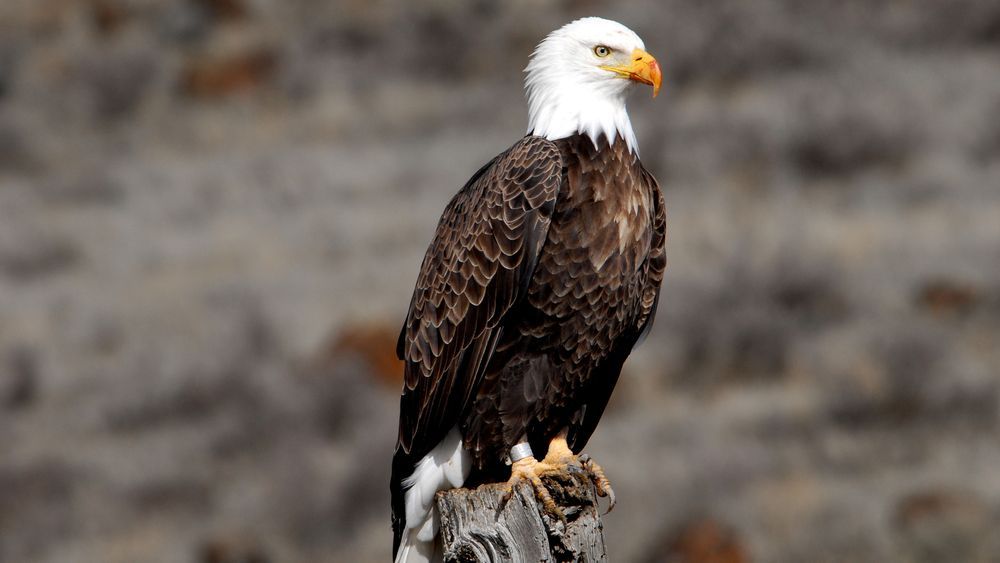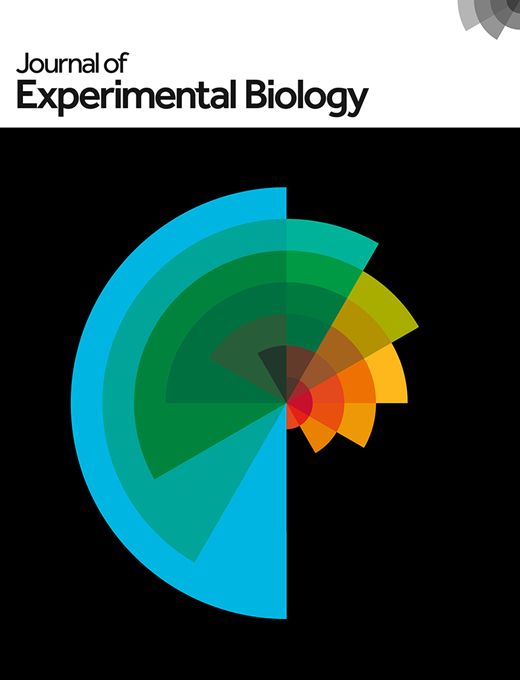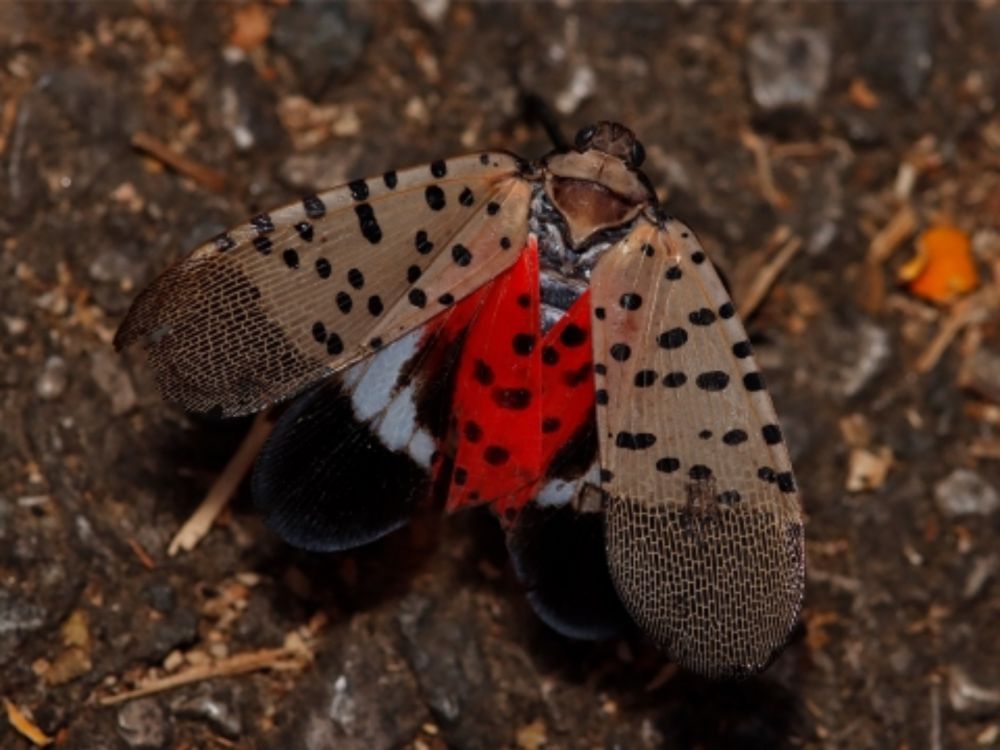
🚨Now out in @pnas.org! Our group provides a framework to mathematically link environmental niches from individual to population and species scales. Our approach enables more accurate forecasting of biodiversity change across organismal levels. 🧪 www.pnas.org/doi/10.1073/...
02.09.2025 15:25 — 👍 12 🔁 6 💬 1 📌 0
We are turning Earth into a unlivable Hot House Earth
Earth was about 2.65 degrees Fahrenheit (or about 1.47 degrees Celsius) warmer in 2024 than in the late 19th-century (1850-1900) preindustrial average.
The 10 most recent years are the warmest on record.
climate.nasa.gov/vital-signs/...
05.08.2025 15:10 — 👍 2682 🔁 1065 💬 175 📌 68
Both traill's I'd say
11.06.2025 18:04 — 👍 1 🔁 0 💬 1 📌 0
What's the location?
11.06.2025 18:03 — 👍 1 🔁 0 💬 0 📌 0
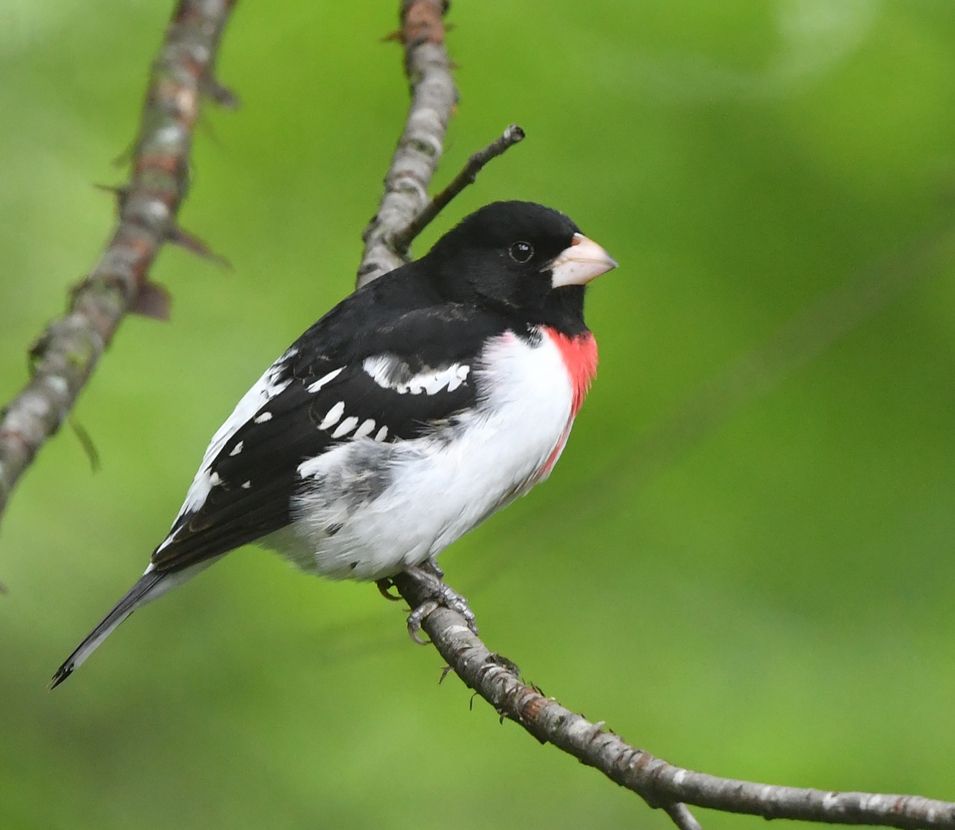
Species’ historical niches are becoming increasingly mismatched with contemporary climates even in a highly mobile taxon like birds, raising concerns about the ability of other wildlife to persist in a warmer world. Other wildlife may have to rely on phenological or behavioral changes.
10.06.2025 16:33 — 👍 1 🔁 0 💬 0 📌 0
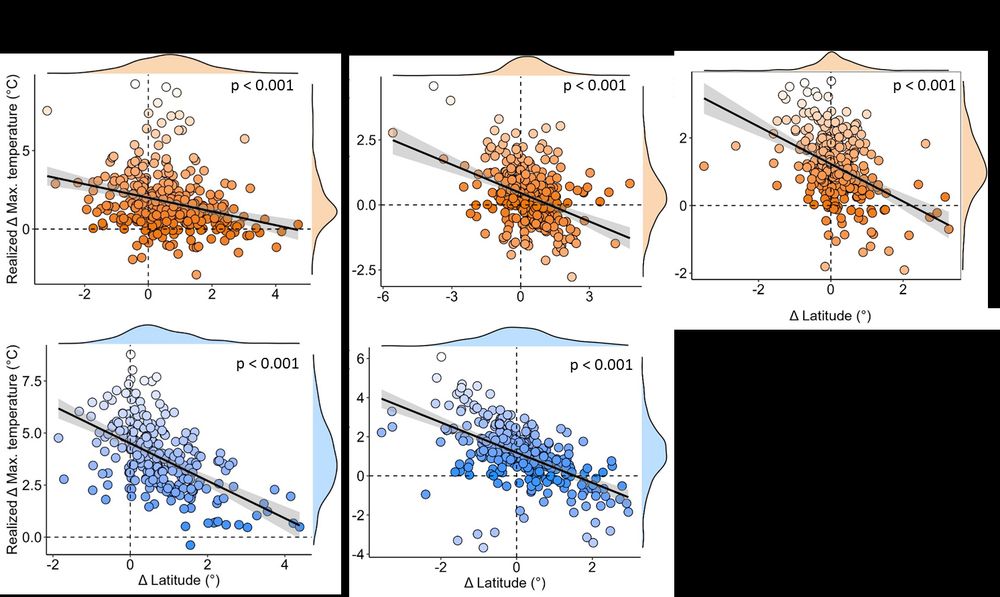
We found similar results when repeating these analyses using eBird alone or Breeding Bird Survey data, highlighting the robustness of the findings.
10.06.2025 16:33 — 👍 1 🔁 0 💬 1 📌 0
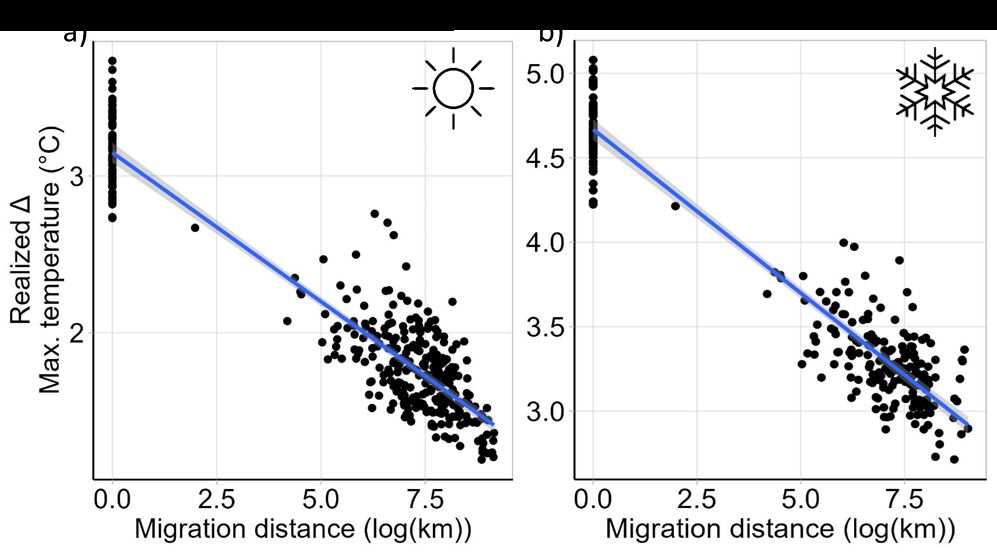
Species possessing traits associated with dispersal, such as long-distance migratory behavior or high hand-wing index, succeeded most in limiting their niche loss (partial residual plots).
10.06.2025 16:33 — 👍 0 🔁 0 💬 1 📌 0
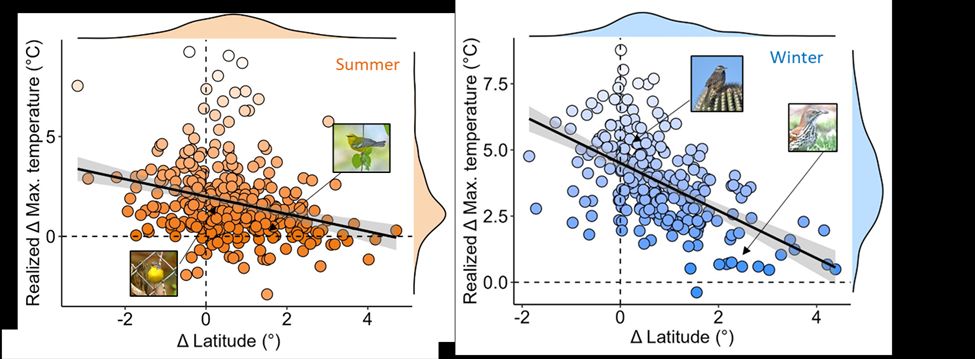
Species moving the furthest north succeeded most in limiting their niche loss. Move north, avoid warming. However, only very few species moved north far enough to fully erase their exposure, and in most cases they only partially limited their exposure.
10.06.2025 16:33 — 👍 1 🔁 0 💬 1 📌 0
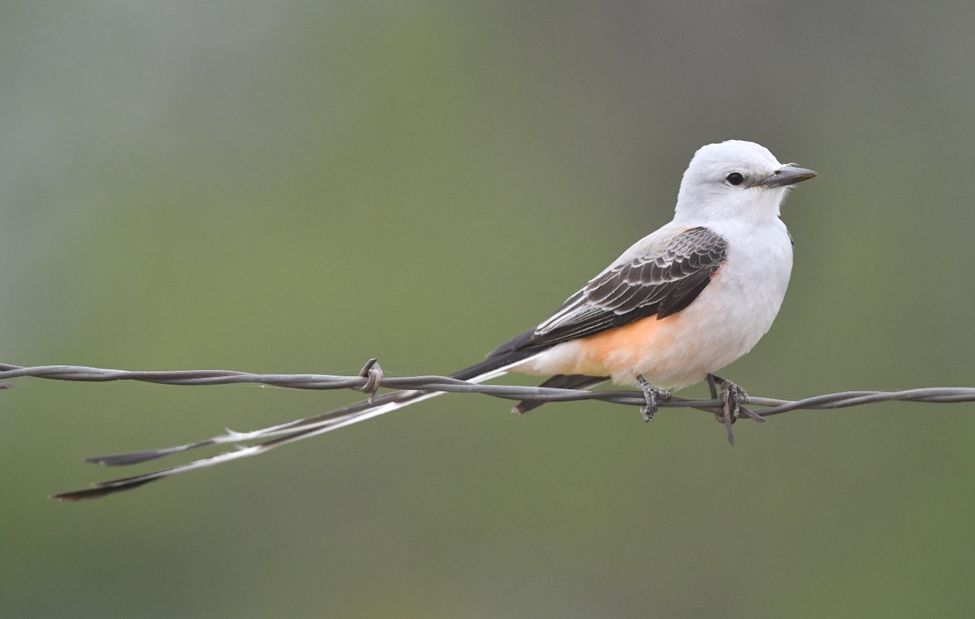
Therefore- species averted much more of their expected exposure in summer, when they are more at risk of physiological consequences of heat stress- but still only avoided half of the expected warming in this season.
10.06.2025 16:33 — 👍 1 🔁 0 💬 1 📌 0

Most redistributions were only partially effective. Species moved their ranges ~0.65° latitude north in both seasons, mitigating their expected exposure by ~1.28 °C in summer (48% of expected if they were stationary), while only mitigating ~0.47 °C (11% of expected) in winter.
10.06.2025 16:33 — 👍 1 🔁 0 💬 1 📌 0
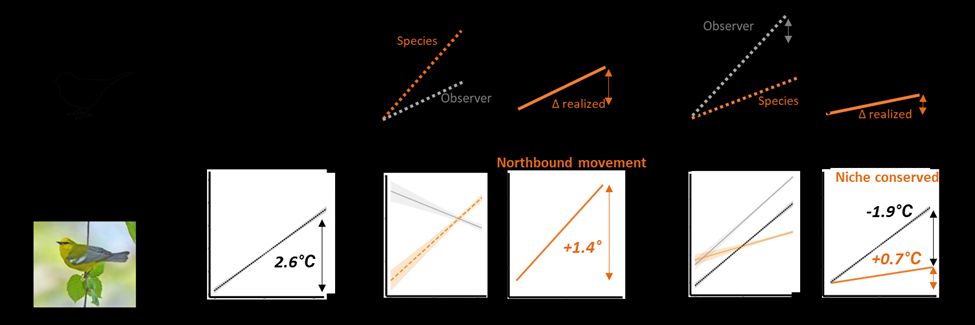
We developed a method to account for biases in tens of millions of species observations from GBIF and evaluate how 406 bird species native to the US and Canada have mitigated their environmental niche loss using geographical redistributions from 2000-2020.
10.06.2025 16:33 — 👍 1 🔁 0 💬 1 📌 0
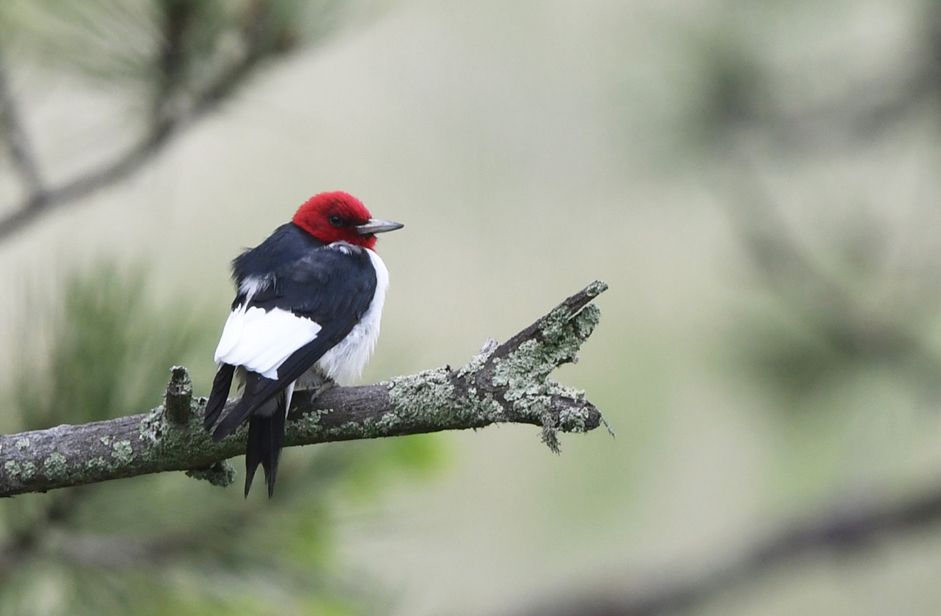
As climate change accelerates, species can move poleward (north, in North America) or up mountains to limit their exposure to heat. While these movements have been extensively reported, it remains unclear whether species have succeeded in limiting their exposure to novel conditions.
10.06.2025 16:33 — 👍 1 🔁 0 💬 1 📌 0
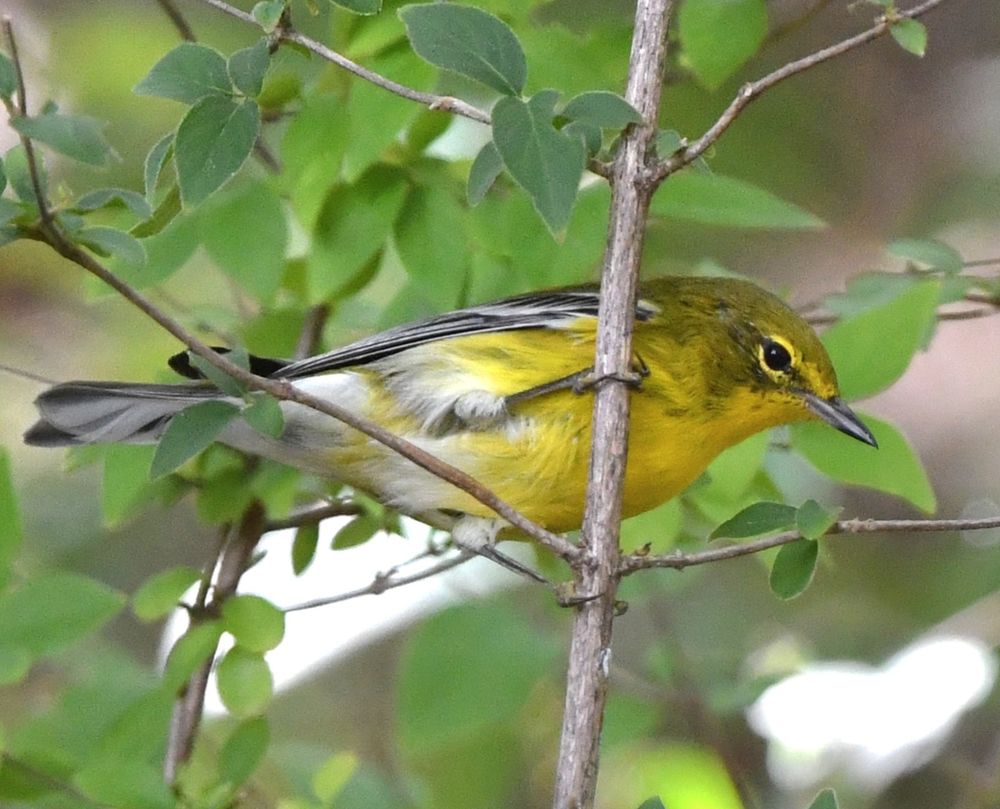
bird
NEW SCIENCE! 🚨🚨🚨🧪🪶🌐
Our paper is now online at @natecoevo.nature.com! “Geographic redistributions are insufficient to mitigate exposure to climate change in North American birds”. We know birds are moving north with climate change, but what are the consequences?
www.nature.com/articles/s41...
10.06.2025 16:33 — 👍 43 🔁 16 💬 3 📌 0
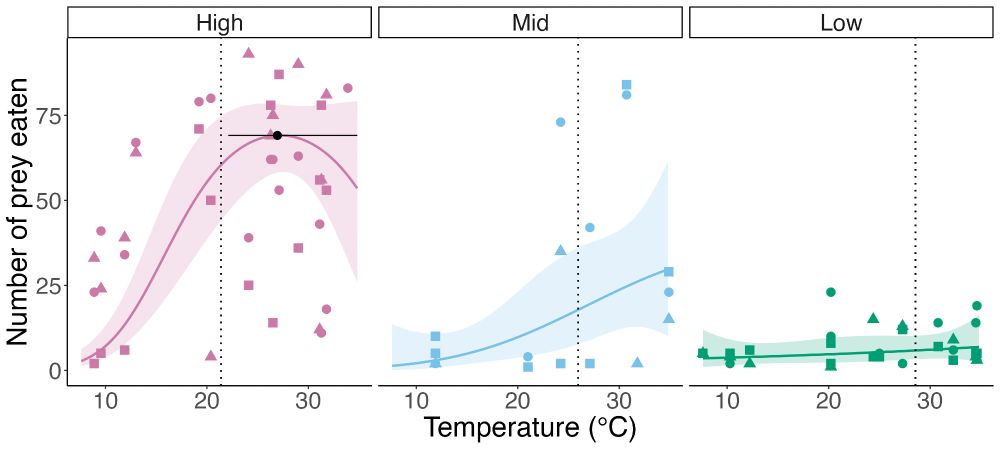
To understand how climate change affects natural ecosystems we need to know how warming influences species interactions. In our newest paper we show that predator-prey interactions fundamentally change across latitude leading to context dependent effects of warming. 🧪
doi.org/10.1111/oik....
08.01.2025 18:06 — 👍 116 🔁 35 💬 3 📌 3
The #climate/water paradox: As temperatures rise, more #water evaporates into the atmosphere & more precipitation occurs. But land areas are getting drier not wetter. Why? Because more water evaporates from soils. The rain that falls is in intense events in fewer regions, leading to worse #floods 👉
27.12.2024 21:50 — 👍 272 🔁 90 💬 9 📌 1
Last month's total #Arctic sea ice volume averaged the 3rd lowest on record for the month of November...
Data using PIOMAS: psc.apl.uw.edu/research/pro... 🌊
14.12.2024 19:11 — 👍 122 🔁 48 💬 5 📌 2
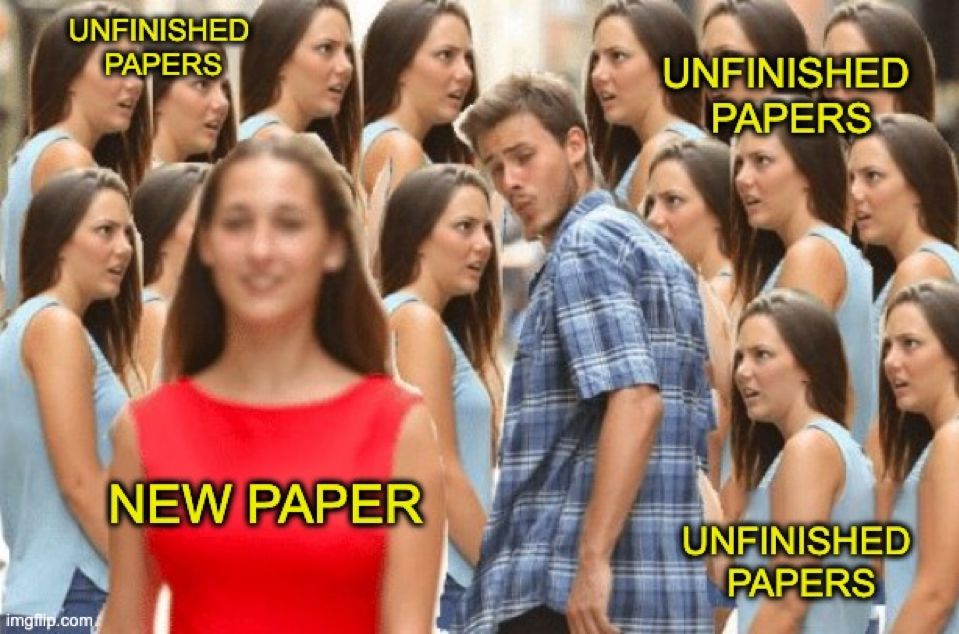
Just had an idea
10.12.2024 09:44 — 👍 2231 🔁 341 💬 31 📌 72
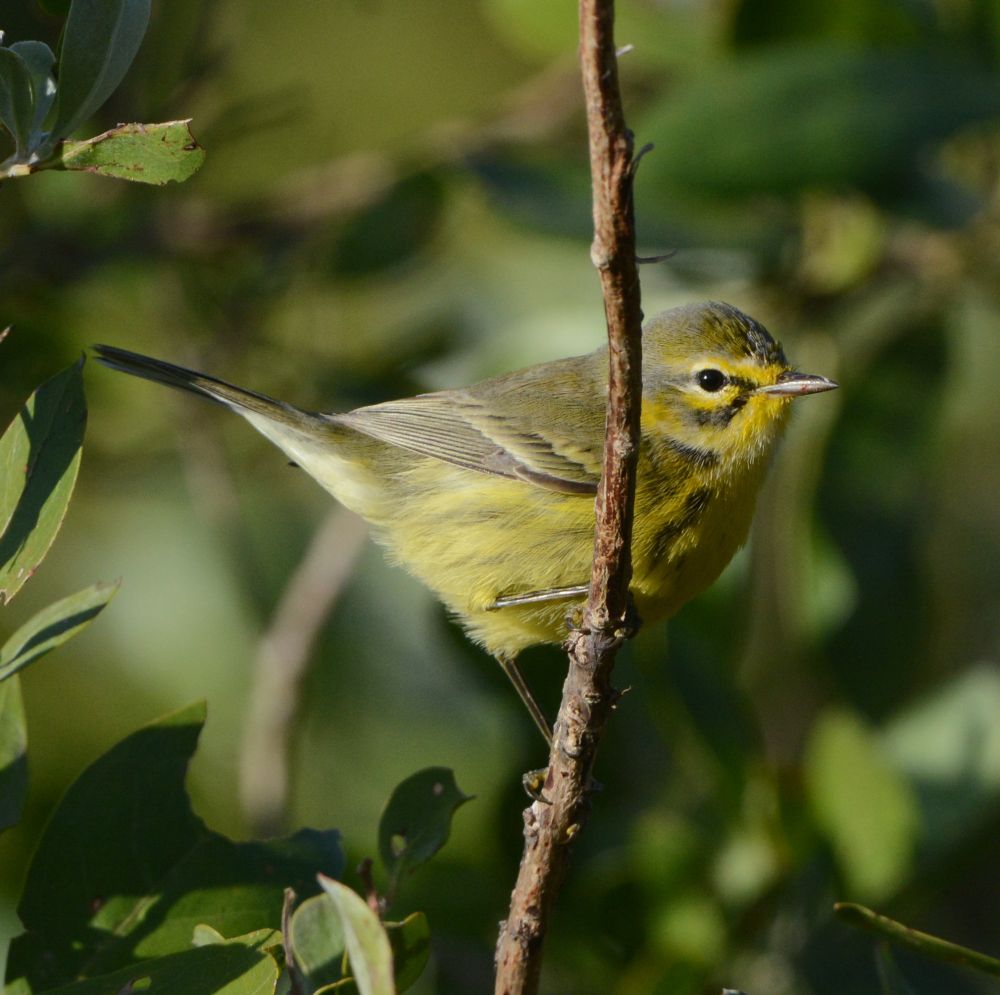
Saw/heard 104 bird species in Florida over Thanksgiving... crossing 100 was a goal I slowly become obsessed with, made tougher with all the best spots being closed due to hurricane. Here's a prairie warbler ebird.org/tripreport/2... 🪶 #birds
04.12.2024 19:17 — 👍 21 🔁 1 💬 0 📌 0
Wait, do I want cool science to drown out all of the politics?!
Yes. Yes, I do. 🧪
28.11.2024 00:20 — 👍 81 🔁 18 💬 2 📌 0
Yep. One of the most feeder friendly birds in the Eastern US. Usually one of the first species to find the feeder
24.11.2024 19:33 — 👍 1 🔁 0 💬 0 📌 0
Recently discovered a fun webpage called Probability Playground where you can interactively explore probability distributions.
It’s helpful especially for distributions with parameters that are not immediately intuitive. Very cool!
www.acsu.buffalo.edu/~adamcunn/pr...
24.11.2024 15:18 — 👍 125 🔁 29 💬 7 📌 3
It's just right wing projection which is all they ever do. All of their media and social platforms are echo chambers
24.11.2024 01:55 — 👍 1 🔁 0 💬 1 📌 0
Why don't I ever see these articles about fox news, oann, 100 different podcasts and YouTube channels, X, truth social, 4chan, etc being echo chambers for the right?
23.11.2024 20:47 — 👍 1 🔁 0 💬 0 📌 0

Coarse-grain models can bias seasonal & continental estimates of biodiversity patterns across space and time and grain-related biases intensify during summer & in patchier landscapes, esp. for range-restricted, habitat specialist species at risk of population declines.
22.11.2024 19:11 — 👍 0 🔁 0 💬 0 📌 0
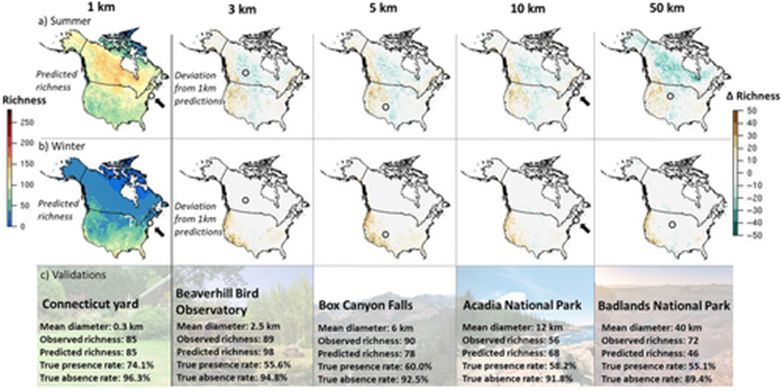
Biases were greatest in desert regions with patchier habitat and for range-restricted and habitat-specialist species. Predictions based on coarse-grain models overpredicted avian diversity in the west and underpredicted it in the great plains, prairie pothole region and boreal zones.
22.11.2024 19:11 — 👍 0 🔁 0 💬 1 📌 0
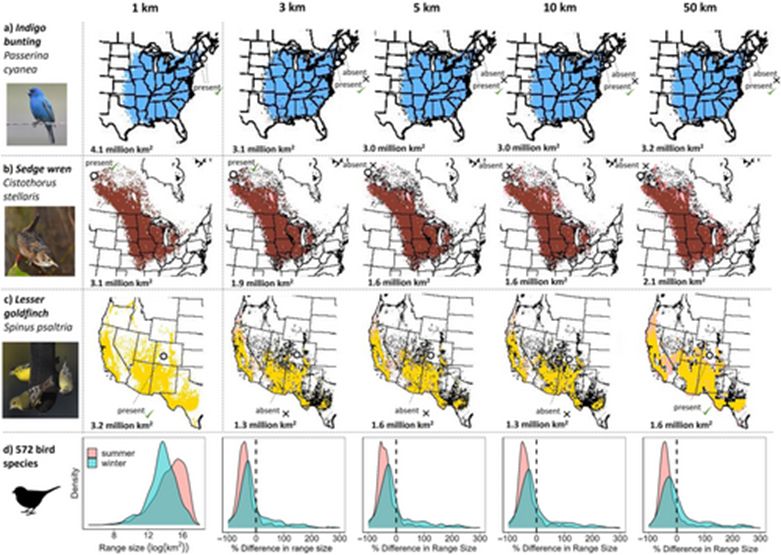
Coarse-grain models (even at 3 km) consistently under-predicted range area, potentially missing important habitat. This bias intensified during summer (83%–86% of species) when many birds have smaller ‘operational scales’ via localized home ranges while breeding.
22.11.2024 19:11 — 👍 0 🔁 0 💬 1 📌 0
I.B.Consultants Ltd is an independent #Biodiversity and #Ecology specialist consultancy dedicated to conserving and enhancing our environment with experience worldwide, metric assessments of ecology and #ecosystems. Links: https://linktr.ee/ibioconsultants
Landscape epidemiology; disease ecology; wetlands; forests; wildlife; biodiversity; One Health; ಒಂದು ಆರೋಗ್ಯ 🦘🐘🦢🦜🦟 in the Sydney School of Public Health @sydney.edu.au & @Sydney_ID & @MAHE_Manipal & @thePHFI
+ Canyoneer 🧗♂️ & Jiujiteiro
He/him Epibiolab.org
PhD candidate @ University of Michigan EEB | macroecology, seasonal migration, ornithology, biogeography | He/him
Thinking about what brains are doing and how they ended up doing it.
🇬🇧 PhD student at University of Sussex.
🪲 Quantitative ethology, neuroethology and behavioural ecology
🔧 Developing open science software (mostly #rstats) and hardware
Theoretical ecology PhD Candidate at Yale E&EB
Research on behavior, genomics, and evolution in birds. Often thinking about sex diversity and variation. Assistant Professor at Duke Biology
Research scientist @ USFS PNW Research Station | Animal responses to global change | Foraging, food webs, energy flow, isotopes | Opinions & RTs my own
(he/him) Genomics Researcher. The Kākāpō Genomics Guy. Theoretical Genomicist. Annotation Artist. #Conservation #Bioinformatics #Rust #CompBio 🦀 #genomics #fedi22 #CompBio #popgen #Annotation #Stats #MachineLearning 🏳️🌈
Biodiversity scientist at University of Zurich
https://www.frank-pennekamp.info/
Chasing my scientist dreams and loving on my dog. PhD from UTK EEB 🧡
Contributing to the conservation genomics field and native species restorations 🧬❤️
Freshwater Ecologist at Wildfish / Scientific Associate at the NHM. Chironomidae, macroinvertebrates, eDNA. Find many useful links and keys here: https://luismolinercachazo.wixsite.com/luismolinercachazo/resources
Evolutionary ecologist, career break, career change, mentoring, fertility, insects, climate change, Women in STEM, @EvolEcolLincoln. Associate editor @Methodsinecolevol, BiologyLetters. Views my own
We are the British Ecological Society Macroecology & Macroevolution Special Interest Group. We run the annual #BESMacro conference and will gladly repost papers and opportunities of interest to our members!
Evolutionary Biologist & Behavioral Ecologist, Associate Professor at SUNY Buffalo State. Studying mimicry in woodpeckers and the evolution of social behavior in birds.
Opinions my own. He/him.
Fellow @ University of Aberdeen. Professionally: macroevolution, especially birds & languages. Personally: drinks too much coffee, plays too much D&D.
she/her
Professor of Ecology, educator, maker | birds, mistletoe, acoustics, conservation | updates on research, family & other beasts. Living on unceded Wiradjuri country
More at https://ecosystemunraveller.com
BirdsPlus Index. American Bird Conservancy. Dad. Natural history. Ecology and evolution, conservation, acoustics, and occasionally politics.
Biologist. Mountain Bird Lab PI. Climate change. Species interactions. Asst Prof @GeorgiaTech. #RapYourAbstract #MountainBirdNetwork
Birder | Research Associate at Swiss Ornithological Institute @vogelwarte.bsky.social 🇨🇭
Interested in the evolution of bird movements and how they can influence evolutionary processes
https://pauldufour80.wordpress.com/


